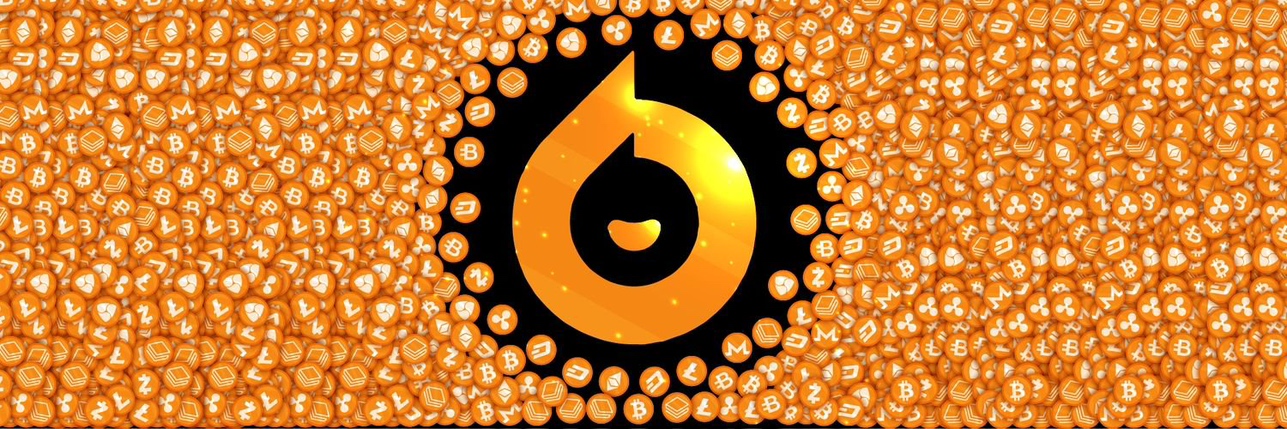Shocking Rejection: McDonald’s Dismisses Groundbreaking Bitcoin Proposal at Shareholder Meeting
In a surprising turn of events, fast-food behemoth McDonald’s has decided to sideline a shareholder proposal urging the company to explore Bitcoin investment. Imagine the aroma of fries mixed with the electrifying buzz of crypto – a combination that might have been, but for now, remains just a thought. The National Center for Public Policy Research, a McDonald’s shareholder, put forward the idea, suggesting that embracing Bitcoin could solidify McDonald’s market leadership. But the golden arches seem to be staying grounded in tradition for now. Let’s dive into what exactly happened and what it means for corporate crypto adoption.
The core argument from the National Center for Public Policy Research was simple yet compelling: as more and more major corporations are dipping their toes (or diving headfirst) into the cryptocurrency waters, shouldn’t McDonald’s also consider adding Bitcoin investment to its financial strategy? Their proposal highlighted the growing trend of companies diversifying their balance sheets with digital assets, positioning it as a move to stay ahead of the curve and maintain a competitive edge. Think of companies like MicroStrategy or Tesla, who have made significant Bitcoin allocations. The proposal suggested McDonald’s could benefit from similar strategic diversification. Here’s a breakdown of the rationale:
Essentially, the shareholder group believed that a Bitcoin proposal was a strategic move for McDonald’s to future-proof its finances and brand image in an increasingly digital world.
Despite the seemingly logical arguments presented in the Bitcoin proposal, McDonald’s didn’t bite. The company officially announced that this particular proposal would not be up for discussion at their upcoming May shareholder meeting. This wasn’t a simple oversight; McDonald’s actively filed documentation with the Securities and Exchange Commission (SEC) to ensure the proposal was kept off the agenda. The SEC, in turn, validated McDonald’s stance, confirming the company’s right to decide which proposals are discussed at its shareholder meetings. So, why the cold shoulder from the house of the Big Mac?
Several factors might be at play:
This situation highlights interesting aspects of corporate governance and the role of the shareholder meeting. Shareholder meetings are platforms where company management and shareholders can interact, discuss company performance, and vote on important matters. Shareholders have the right to submit proposals, but not all proposals are guaranteed to be discussed or voted upon. Companies, like McDonald’s, have mechanisms and rights, often validated by regulatory bodies like the SEC, to manage the agenda of these meetings. This instance shows the balance of power between shareholders and corporate management. While shareholders can voice their opinions and suggest strategic directions, ultimately, the company’s leadership has significant control over what gets formally considered and acted upon.
While McDonald’s decision might seem like a setback for proponents of corporate Bitcoin adoption, it’s crucial to view it in perspective. Not every company will, or should, jump into Bitcoin immediately. McDonald’s specific business model, risk appetite, and strategic priorities differ from companies like tech firms or those in the financial sector that have been quicker to adopt Bitcoin. However, this episode does underscore several key points regarding corporate crypto strategies:
Whether you’re a shareholder, a business owner, or simply curious about the intersection of crypto and corporations, McDonald’s situation offers some valuable insights. Thinking about corporate Bitcoin adoption for your own business or investments? Consider these points:
Ultimately, the decision to adopt Bitcoin or any cryptocurrency is a complex one, requiring careful consideration of various factors unique to each business.
McDonald’s decision to not discuss the Bitcoin proposal at its shareholder meeting isn’t necessarily a definitive ‘no’ to crypto forever. It’s more accurately a ‘not now.’ It reflects a cautious approach from a major corporation, prioritizing its current strategies and risk management. However, the conversation around corporate Bitcoin adoption is far from over. Shareholder interest is evident, and the broader trend towards digital assets is undeniable. While you might not be able to buy your Big Mac with Bitcoin just yet, the seeds of change are sown. Keep watching this space – the future of corporate finance and cryptocurrency is still being written, one proposal, one shareholder meeting, and one SEC filing at a time.
To learn more about the latest crypto market trends, explore our article on key developments shaping Bitcoin institutional adoption.
Disclaimer: The information provided is not trading advice, Bitcoinworld.co.in holds no liability for any investments made based on the information provided on this page. We strongly recommend independent research and/or consultation with a qualified professional before making any investment decisions.

ZhongAn Bank survey: More than 3/4 of respondents hope Hong Kong will expand cryptocurrency support and use stablecoins such as Tether and USDC
A survey conducted by ZA Bank in Hong Kong over the past three weeks showed that its customers welcome buying cryptocurrencies through banks, with 81% of respondents hoping that banks can directly transfer cryptocurrencies in and out like cash, rather than simply providing cryptocurrency trading solutions. More than three-quarters of respondents hope that Hong Kong will support a wider range of cryptocurrencies and hope to be able to use mainstream stablecoins such as Tether and USDC. In addition, due to the previous hacking of funds on the ByBit cryptocurrency exchange, more than three-quarters of customers also expressed trust in banks as managers of their cryptocurrency funds and trust banks for risk control and fraud prevention. (LedgerInsights) Note: ZA Bank was founded by ZA International and was granted a license by the Hong Kong Monetary Authority on March 27, 2019 to provide banking services through online channels. In November 2024, it announced the launch of cryptocurrency trading services on its App, allowing users to buy and sell Bitcoin and Ethereum in Hong Kong dollars and US dollars.



 最低価格
最低価格 最高価格
最高価格 


































.png)









LIKEのソーシャルデータ
直近24時間では、LIKEのソーシャルメディアセンチメントスコアは0.4で、LIKEの価格トレンドに対するソーシャルメディアセンチメントは弱気でした。全体的なLIKEのソーシャルメディアスコアは158で、全暗号資産の中で448にランクされました。
LunarCrushによると、過去24時間で、暗号資産は合計1,058,120回ソーシャルメディア上で言及され、LIKEは0%の頻度比率で言及され、全暗号資産の中で572にランクされました。
過去24時間で、合計0人のユニークユーザーがLIKEについて議論し、LIKEの言及は合計12件です。しかし、前の24時間と比較すると、ユニークユーザー数は減少で0%、言及総数は増加で50%増加しています。
X(Twitter)では、過去24時間に合計1件のLIKEに言及したポストがありました。その中で、100%はLIKEに強気、0%はLIKEに弱気、0%はLIKEに中立です。
Redditでは、過去24時間にLIKEに言及した0件の投稿がありました。直近の24時間と比較して、LIKEの言及数が0%減少しました。
すべてのソーシャル概要
0.4